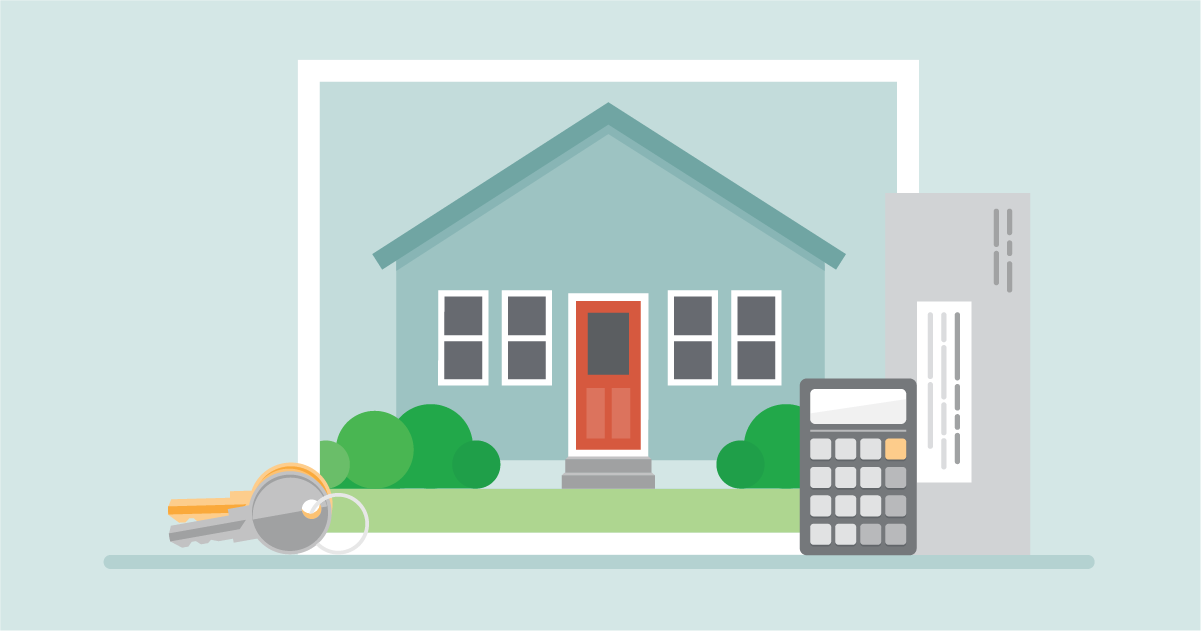Things to consider before borrowing a reverse mortgage to delay collecting Social Security

For most people, the amount of money you bring in each month decreases after you retire. Yet your expenses, particularly for health care, may not follow suit. So the question on the minds of many approaching this life stage is: how do I replace or supplement my monthly income when I retire?
The most obvious answer might be to claim your Social Security retirement benefits. If you qualify for Social Security retirement benefits, it’s important to think about the best time to claim your benefits. For most people, eligibility for full benefits is between age 66 and 67, depending on the year you were born. Alternatively, you can start to collect benefits as early as age 62, but if you choose to claim early, your monthly benefits may be reduced as much as 30 percent. You can also delay and claim at age 70 to get your maximum monthly benefit.
With that in mind, some financial professionals are increasingly promoting that older homeowners consider borrowing a reverse mortgage loan at age 62 in order to delay collecting Social Security. This approach suggests that you use proceeds from the loan to replace the Social Security benefits that you would otherwise receive if you had started collecting Social Security at age 62 until your full benefits age, or later.
We looked at different scenarios involving older homeowners for whom their home and Social Security are their main resources and found that generally they are better off if they take their Social Security benefits rather than taking out a reverse mortgage. This is true because, in general, the cost of a reverse mortgage loan will exceed the additional amount of increased Social Security benefits you would collect over your lifetime. That’s because the interest and fees you pay increase each month, and over time those costs wipe out the additional benefit obtained by delaying.
When you borrow a reverse mortgage loan, your home is used as a guarantee for the loan, like it is in a traditional mortgage loan. But unlike a traditional mortgage, a reverse mortgage loan is usually repaid when the borrowers no longer live in the home. You won’t make monthly mortgage payments, but you must stay current on paying your real estate taxes and homeowner’s insurance. There are other conditions of the loan that must be met too. If you don’t meet the conditions, the lender can foreclose on your home.
If you have the option, working past age 62 is usually a less costly way to delay claiming than borrowing a reverse mortgage loan would be. The additional years of work often provide you more time to save and pay off debts. It may also result in an increase in Social Security benefits by replacing years with low or no earnings, if any, from your earnings record.
For those who can’t continue to work, it may be better to accept a lower Social Security benefit amount, rather than owing on a reverse mortgage loan in the future. In addition, the effects of using a reverse mortgage loan to delay collecting Social Security benefits would likely reduce the equity in your home. This loss in equity could limit your options for moving to a new location or handling a large financial shock in the future.
New resources
We released three new resources to help older homeowners learn what a reverse mortgage is and decide whether borrowing a reverse mortgage is right for them:
- An issue brief that explores the tradeoffs of borrowing a reverse mortgage loan in order to delay claiming Social Security
- A discussion guide designed to be used as a primer on reverse mortgages and to help homeowners considering a reverse mortgage prepare for their discussion with a HUD-approved housing counseling agency
- A short video that provides key information about the features of a reverse mortgage
If you have a problem with a reverse mortgage, you can submit a complaint online or call us toll free at (855) 411-CFPB (2372), Monday through Friday, 8 a.m. to 8 p.m. ET. We provide complaint-handling services to people in more than 180 languages and to those who are deaf, have hearing loss, or have speech disabilities through the our toll-free telephone number.
